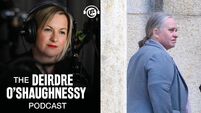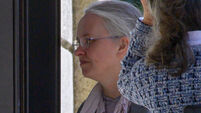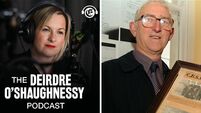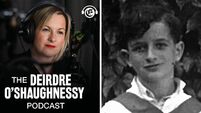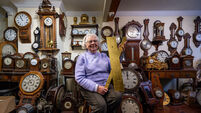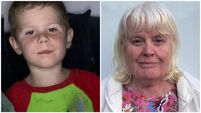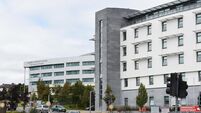Catherine the Fake: How O'Brien took elderly Waterford woman to Vatican and conned her out of €300k
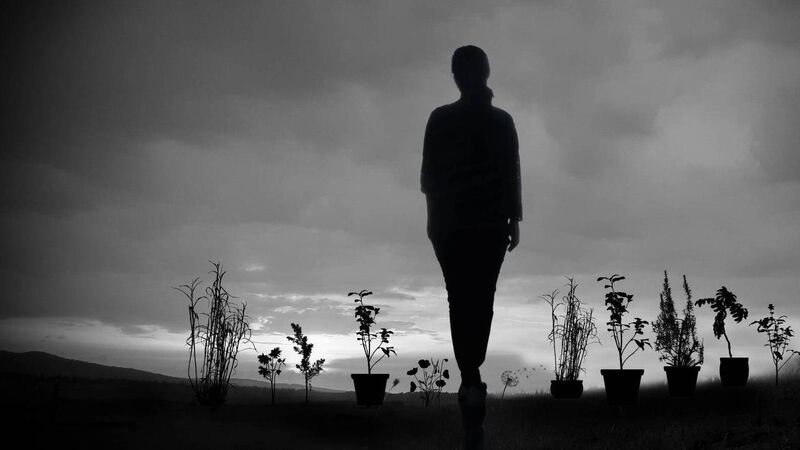
Catherine the Fake art, day one
The expanse of St Peter’s Square in the Vatican is synonymous with elections of Popes, Easter ceremonies and the weekly audiences with the Pontiff.
It is one of the most recognisable sites in the world and is top of many dedicated Catholics’ wish lists of places to visit.
Few though can expect to have a private audience with the Pope of the time – but alleged fraudster Catherine O’Brien is among those few. And it is a moment which she has used a number of times since to show new acquaintances how strong her connections were, including all the way to the Vatican.
Her visit to the Vatican in 2008 was an occasion during which she wasn’t shy of photographs, something which acquaintances say is one of her key characteristics. But a photo of herself with Pope Benedict XVI taken during her visit to the Vatican is one which she has shown to new acquaintances in the years since.
One person who met her years later and to whom she showed the photo believes he was lucky enough to see it because she wanted to persuade him that she was a woman of worthy connections, leading all the way to the world’s smallest but influential state.
Catherine’s link in the Vatican was her brother, Monsignor James O’Brien, who served in the Congregation of Divine Worship. Now serving in the Cloyne Diocese, he did not want to comment about his sister when contacted by the .
Acquaintances and former friends of Catherine say she showed immense pride in her brother’s prominent role in the upper echelons of the Catholic Church.
One acquaintance recalls her 2008 visit to the Vatican which followed an O'Brien family celebration attended by Catherine with a new but close friend, Marie O’Shea from Stradbally in west Waterford. Arising out of that celebration, the Waterford woman was invited to travel to the Vatican with Catherine for a meeting with the Pope, something which Marie was greatly looking forward to.
The acquaintance described the visit as “an incredible uplifting experience for Marie” as it came after a very tough time for her. She was given the best news she could have hoped for before embarking on the trip to Rome with Catherine – that a tumour which her medical team had been fighting had shrunk and she was in remission after being diagnosed in 2005 with cancer. After a long battle to get into remission, Marie was on a high and the trip to the Vatican was a welcome one after all she had been through.
Accompanying Catherine on the visit was a sign of how close the two women had become in the four years since Marie had first met her socially with mutual friend Nicola Minihan. That first meeting with Catherine was a fleeting one and she wasn’t to know that day in late 2004 that the two children she met during that visit would become almost like grandchildren to her.
The two women did not meet again until 2006, running into each other in an auction room in Waterford. Bonding over what appeared to be a shared love of antiques, the two women spent a lot of time together that day, leading to what appeared to Marie at least to have been a firm friendship. Indeed, the relationship has been likened by a relative of Marie as being similar to that of a mother and daughter – similar to the relationship Catherine also had with Marie’s friend Nicola Minihan.
The relative recalls:
"Catherine would stay for up to two hours at a time, told Marie how she enjoyed her company, and often sought her advice and guidance.”
Indeed, there were times when Marie addressed Catherine in similar ways to how she addressed her own children and relatives became aware of the strong bond which had grown between them. And as time went on, they saw each other regularly.
Marie enjoyed her times with Catherine, who appeared knowledgeable about art and antiques – just like herself. The four decades that divided them in age appeared not to matter. They were in contact daily and soon Catherine turned to Marie for help on the financial front – to the concern of members of Marie’s family but not to Marie herself.
She was happy to be able to help out Catherine and her two young daughters. It seemed that Catherine was doing well and when Marie was first asked to help Catherine in 2007, the older woman was happy to do so. There was nothing that caused alarm bells to ring as she believed she knew and could trust Catherine.
She agreed to give a short-term loan of €1,500 to Catherine, who promised to repay her. While waiting to be repaid, Marie received a second plea for help – this time to the tune of €2,593, which Catherine said needed to be paid to someone “in a hurry”.
Around this time, Catherine’s plans to open a convenience store in Dungarvan, where she also lived, were also getting underway. But more money was needed as a sale of land in Mallow was not finalised and Catherine did not have the funds without it. Another loan of €52,000 was secured from Marie for a deposit on the property, on condition that 5% interest would also be paid.
But just a week later, in May 2008, a further loan of €69,000 was provided by Marie to pay a financial judgement made against her friend – as well as €3,500 for legal fees which were also required. In that instance, a relative of Marie’s ensured that a loan agreement was drawn up – and it was drafted by Catherine, who Marie knew had an interest in law and legal matters anyway.
Vast volumes of law books had greeted any visitors to Catherine’s home in An Ghrianan in Ballinroad over the years. They were a reminder of Catherine’s few years studying law. The knowledge she secured during those years and from her vast legal book collection helped her gain a strong enough understanding of legalities to help persuade many acquaintances over the past 20 years that she could help them in any matters involving legalities or dealing with establishment organisations, such as gardaí or government departments.
After Marie’s financial rescue of Catherine, the relationship between the two women continued to strengthen, despite the concerns of people close to Marie. As the acquaintance who spoke to the related, Catherine regularly visited Marie’s home, “continually expressing her gratitude and updating her on what was happening with the shop, outfitters and stock arriving”.
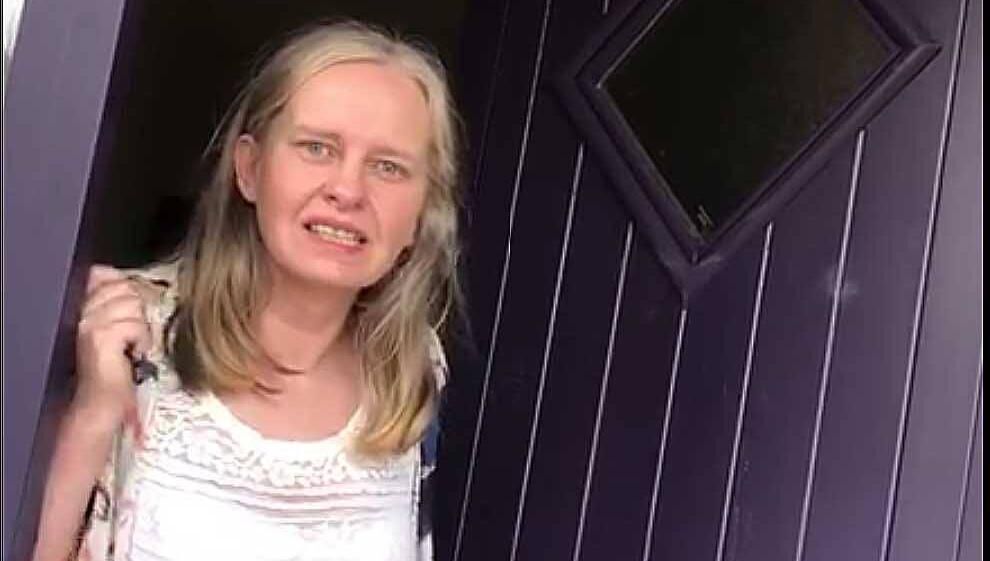
In the months after those financial transactions came a visit to Buttevant in the summer of 2008 to join Catherine’s family for a celebration. Two months later, the duo were on their way to the Vatican at a time when Marie’s health woes had lifted.
But for Catherine, financial matters appeared to be once again a problem after they returned from Rome. The sale of the shop in Dungarvan was not gone through and she moved to reassure Marie that she would not let her lose her €52,000 deposit.
It was a niggle at the back of Marie’s mind as she prepared for her second holiday that year – a two-month visit to Hong Kong and New Zealand with her son and daughter in November. As she was preparing to head away, Catherine told her of new financial worries, this time relating to stock from a cash and carry for which Marie agreed to write another cheque. This one was for €50,000. Catherine was apparently financially dependent on her, from what Marie could see.
On this occasion again, Catherine’s legal expertise assisted her in her handling of the situation after Marie insisted that a loan agreement would be drawn up, before Marie was due to head on holiday with her family.
The handwritten agreement, seen by the , was signed by Catherine on November 5, 2008, and was also signed by Marie O’Shea. In the agreement, Catherine acknowledged that she owed €130,000 to the older woman. In the agreement, she pledged that the sum would be discharged “together with the interest of currently at 5%”. A copy of the undertaking was to be held in a solicitor’s office in Waterford until the “discharge is made”.
But the ink was scarcely dry on the agreement before further funds were transferred to Catherine. Nine days later, an inter-bank transfer was made from Marie’s Anglo Irish Bank account to the tune of €36,500 – while Marie was on holiday. By then, the full amount that Marie had lent to her relatively new friend was just over €215,000.
What was so urgent that Marie had to organise a bank transfer to Catherine while she was away? The stricken Buttevant woman contacted Marie in the middle of a Hong Kong night on November 13 to tell her that her vehicle had been seized and pledged that it was a mistake but she needed funds in order to get the vehicle back before it would be sold. She was to repay the sum to Marie’s account shortly afterwards but never did.
Ten days later, members of Marie’s family at home became aware that Catherine was a serial debtor when a newspaper printed details of judgments made against her over the previous decade and Marie made regular requests to Catherine repay her the money she owed her – even though Catherine had managed to convince her that the newspaper article detailing the list of judgments was not correct.
On Christmas Eve 2008, Marie received a Christmas present of sorts when Catherine lodged a cheque to Marie’s account for the amount of €38,400, while Marie remained on holiday. However, in the early days of 2009, the cheque bounced and promises by Catherine to repay her never materialised.
Despite the growing concerns about the failure to repay, Marie returned home to Stradbally with presents for not just her own family but also for Catherine and her two daughters. As a relative of Marie says now, Catherine’s daughters were as significant in Marie’s life as if they were own grandchildren. But after her return, things were never the same again. After one meeting following her arrival home, Marie never met Catherine again and attempts to meet her children were rebuffed too.
With support from relatives, Marie began legal steps in an effort to get her money back. But she was not alone. So too were Bank of Ireland and a local plumber in Waterford.
The High Court heard in 2009 that Bank of Ireland had advanced a loan to Catherine O’Brien for €785,000 – using as collateral a land bank in Mallow for which she gave a value of €3.6m. However, Bank of Ireland’s legal team claimed the lands were only worth €100,000.
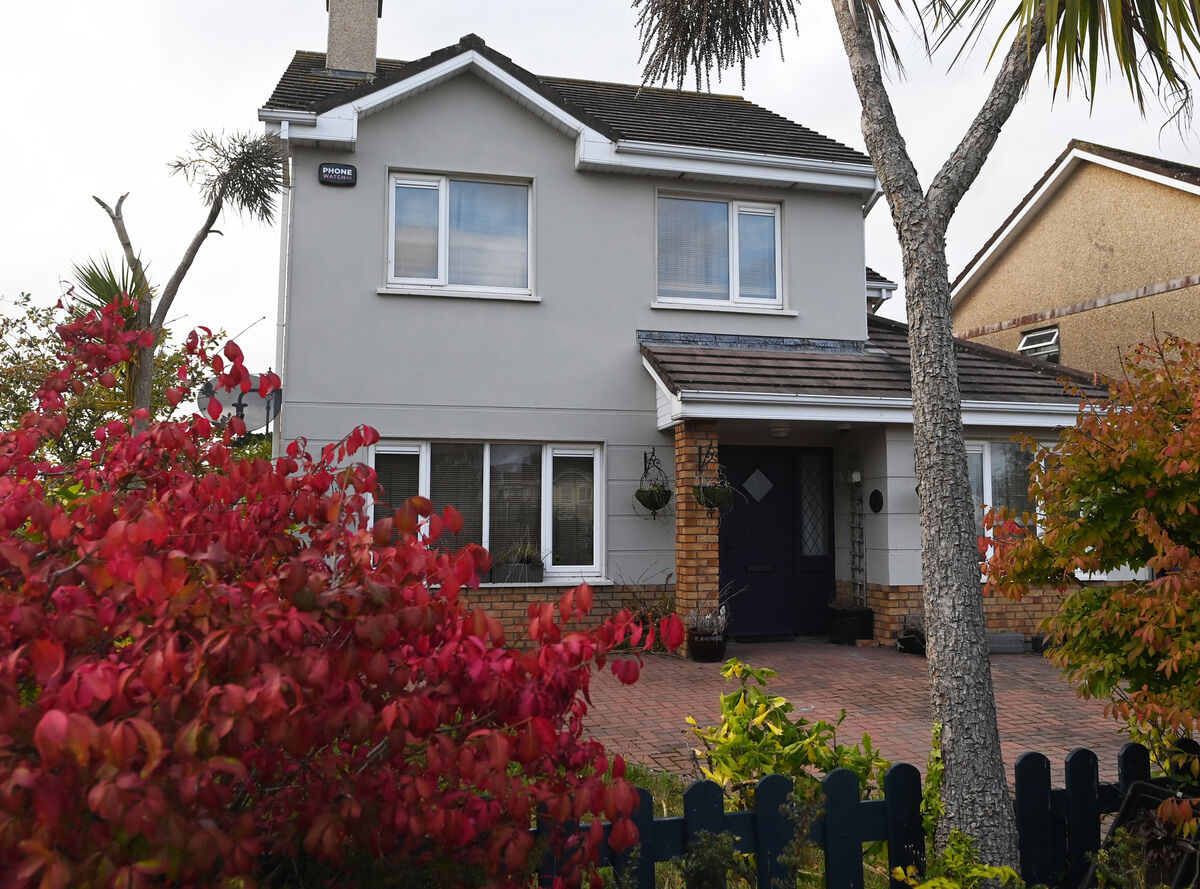
The claim was made during an application by the bank for a court-appointed receiver over funds of €365,000 which the bank claimed it was entitled to but could not access because of an account-freezing order.
The previous month, the High Court had granted orders in favour of Marie O’Shea, which legally restrained Catherine from reducing her assets below €215,000 – the total of the sum she had borrowed from Marie but had never repaid. The court had also ordered against reducing the value of a deposit of €350,000 which was being held in a solicitor’s firm.
An affidavit in that case stated that Marie had become attached to both Catherine and Catherine’s children, as her own grandchildren lived overseas. The affidavit also stated that Marie had been influenced by the affection and time given to her by Catherine.
Another successful application was brought by a Waterford plumber, Roger Mee, who sought an interim injunction preventing Catherine from lowering her assets below €100,000. He had given her a loan of €90,000 on the condition she would repay it with €10,000 interest – which she failed to do.
On June 17, 2009, a court order against Catherine ordered that she pay a total of €289,194.47 to Marie – a sum which included what she had borrowed from Marie, as well as costs and interest. However, by the time of Marie’s death in January 2016, the money still had not been paid.
The issue was up in court in Dungarvan again just three years ago when an instalment order was granted in favour of Marie’s estate. Her once great friend Catherine failed to turn up for the hearing.
In her absence, the court ruled on December 4, 2019, that €290,184.72 was to be paid by Catherine to Marie’s estate – at the weekly rate of €10,000.
The order declared that failure to make a payment may lead to a further summons being issued against her to attend the district court, “which may lead to your being arrested and imprisoned for a period of up to three months”.
In the weeks before the hearing, she emailed the legal team representing Marie’s estate, saying she was awaiting forms to fill in for a statement of means. She said she had engaged with a personal insolvency practitioner who, she said, would be applying for a protection certificate “in respect to me”.
She added: “Due to recent events at my home, I have not been very well.”
She had requested an adjournment of the case in her correspondence to Marie’s estate’s legal team. However, the hearing went ahead as planned on December 4, before Judge Terence Finn.
Following the case, the summons server was not able to serve the instalment order on Catherine and the case came back before the court in September 2020, where a summons was issued by the presiding judge for Catherine’s failure to respond to summonses or the court order. On that occasion, she provided a medical reason why she could not attend in court.
Eleven months later, the case was again listed but at that hearing, it was heard that Catherine’s whereabouts were unknown. At that point, the legal team representing Marie’s estate outlined to her administrator that there was little prospect of progressing the case until the whereabouts of Catherine O'Brien could be established.
To this day, the whereabouts of the infamous Cork woman are still unknown to the vast majority of people who thought they knew her but who now realise that they really didn’t.
Subscribe to the podcast on Apple Podcasts, Spotify or acast.




